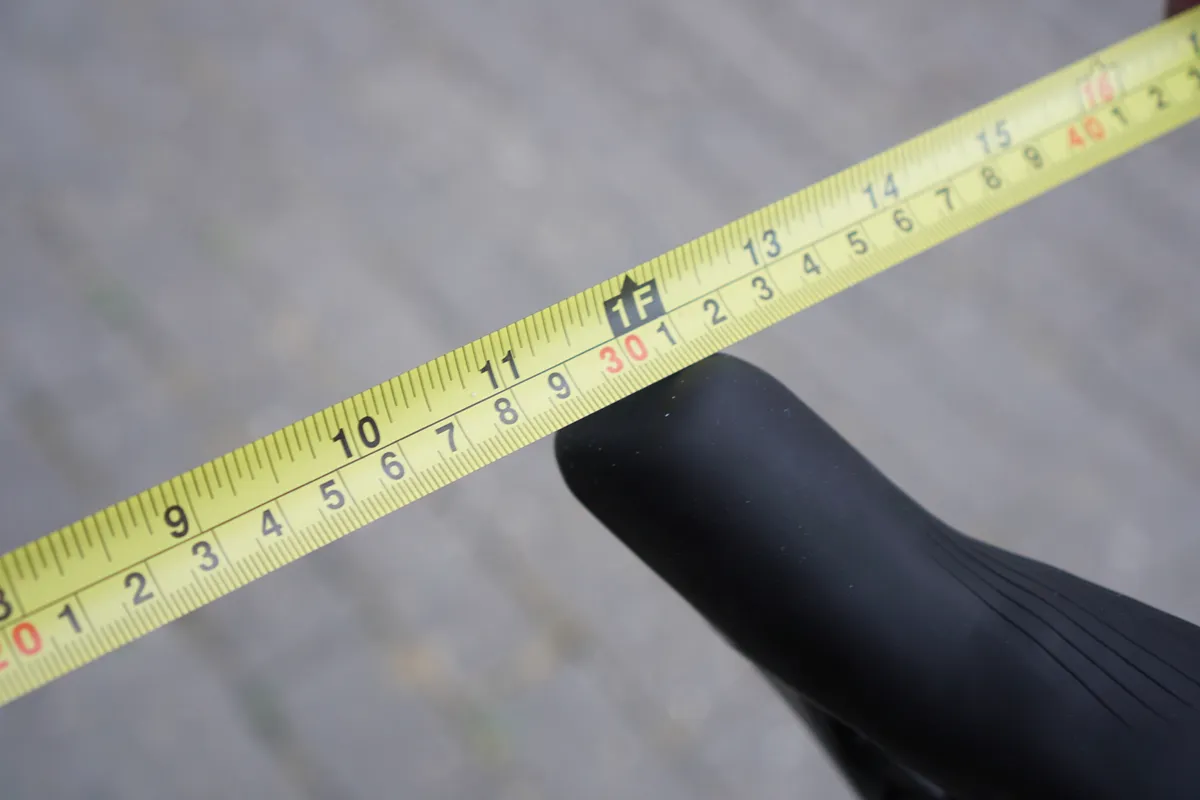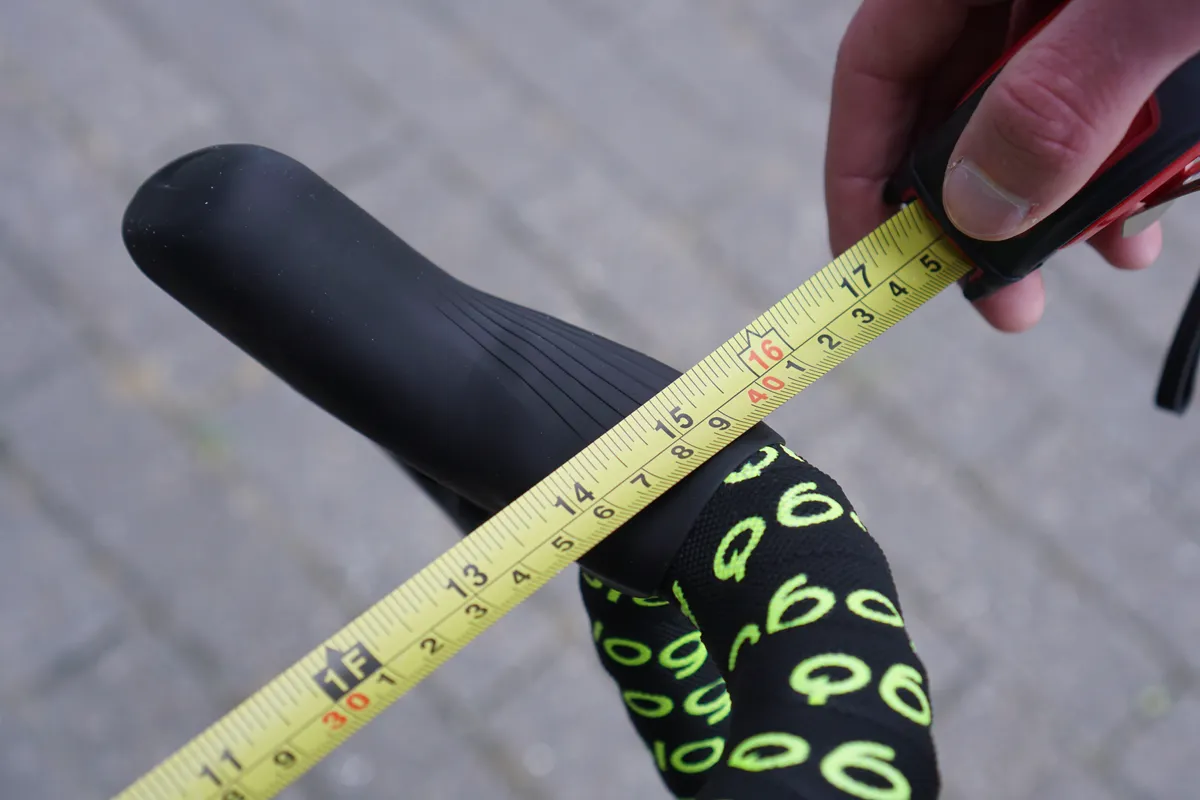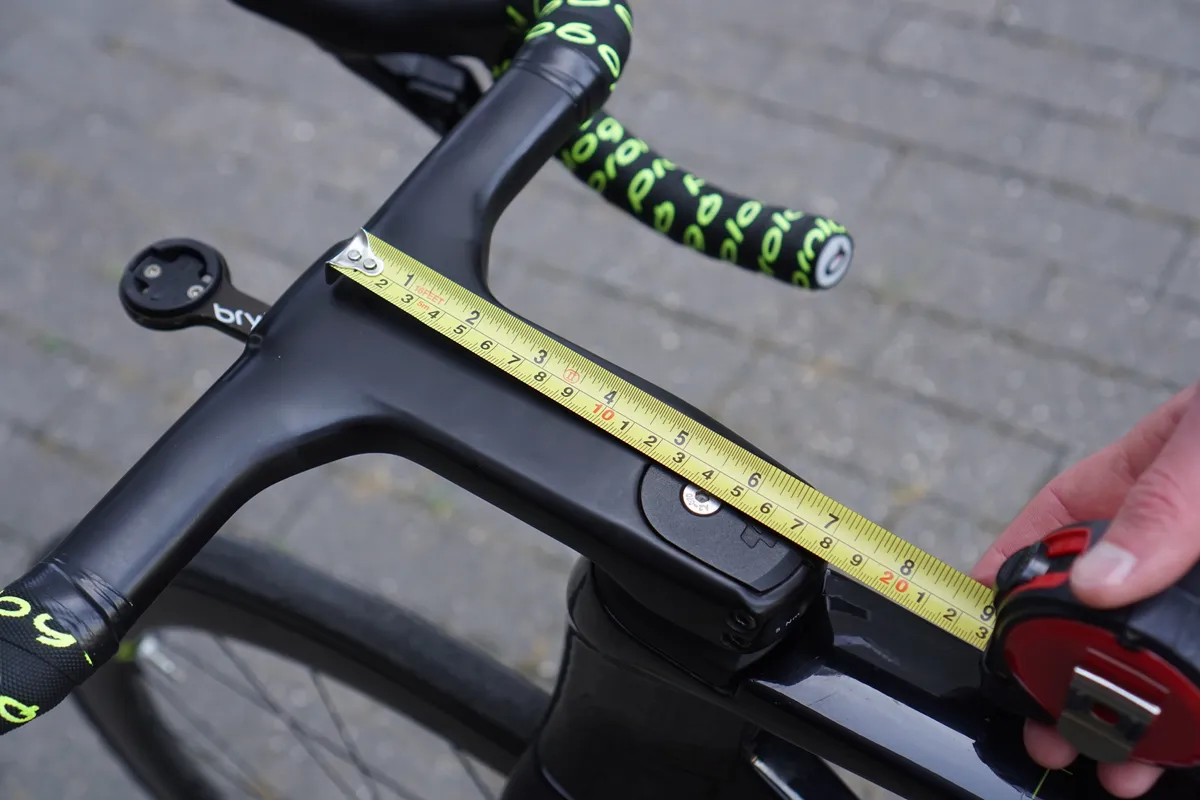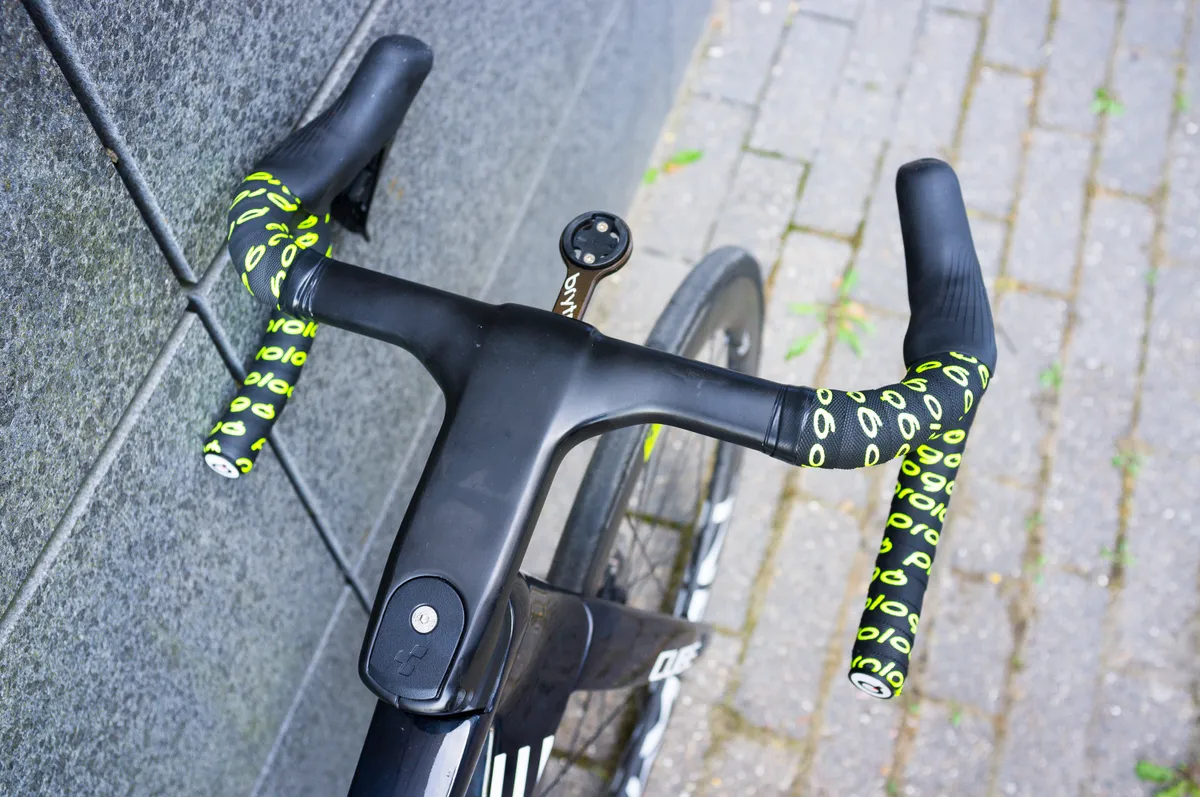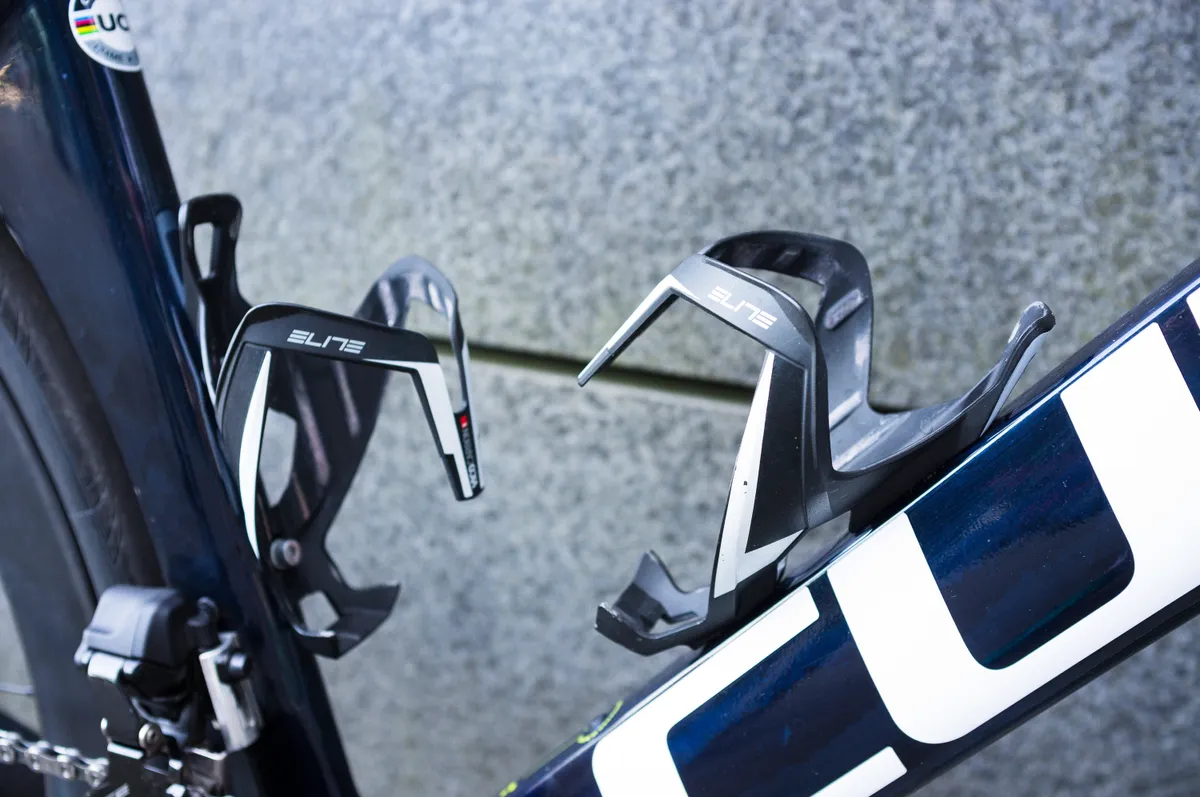With 18km of cobbled roads borrowed from Paris-Roubaix, stage five of the 2022 Tour de France promised fireworks, and it certainly delivered.
The stage victory went to Simon Clarke of Israel-PremierTech (and chapeau to him), with breakaway specialist and bike-tech fetishist Taco van der Hoorn finishing a narrow second, only losing out in the photo finish.
With that in mind, we thought it was as good a time as any to take a look at van der Hoorn highly-optimised bike, an unusually specced Cube Litening C:68X TE.
We last covered van der Hoorn’s setup after he took a solo victory at the 2021 Giro d’Italia, but his bike in particular has had a few upgrades since then. Let’s take a look.
Aero is everything
As a fan of famous aero-innovator Graeme Obree, van der Hoorn is a devout follower of the mantra, ‘aero is everything’.
His position on the bike is one of the most extreme in the WorldTour peloton, with a huge saddle to bar drop and a long, narrow cockpit.
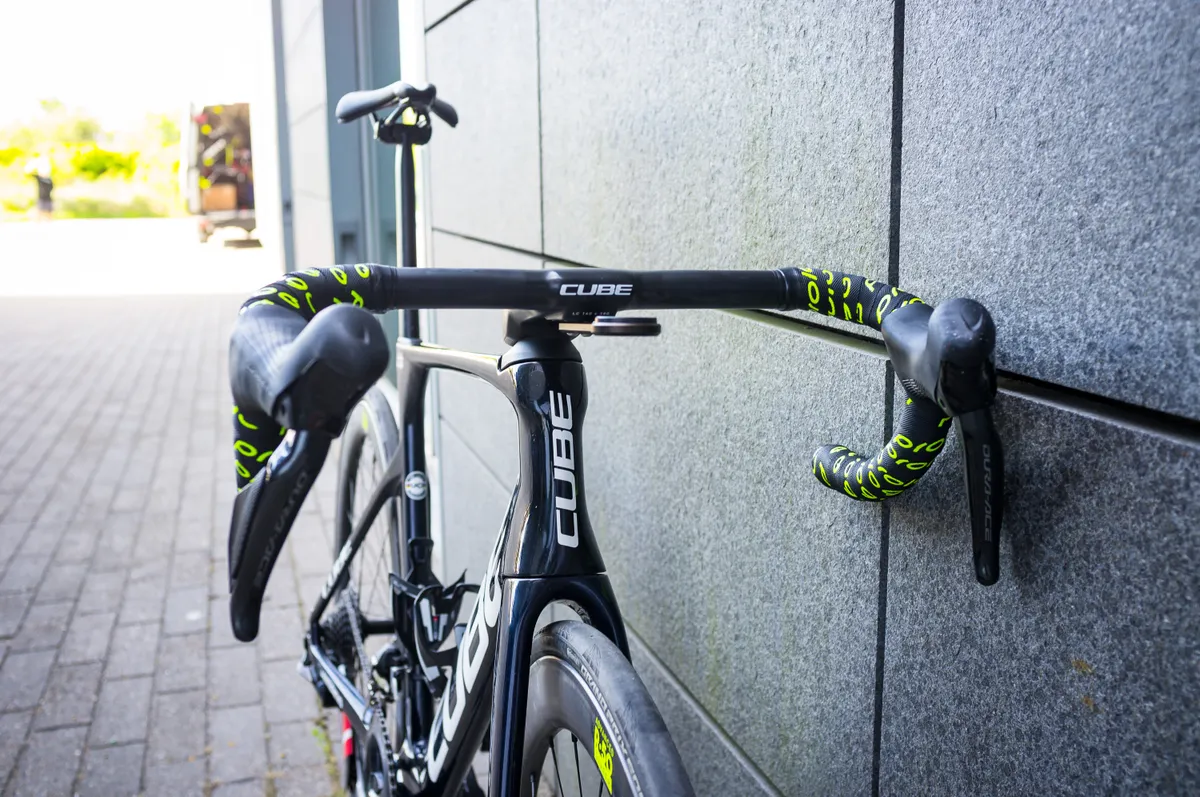
We measured van der Hoorn’s handlebars at a narrow 38cm at the drops, but his hoods are turned in to achieve an effective width of just 30cm at the tip of the brake hoods – perfect for long-distance cruising in the breakaway.
To further optimise his position, van der Hoorn uses a zero-offset seatpost and a short-nosed road saddle. This places him further forward and higher over the bottom bracket, which should help him to get the power out when riding in an aggressive position.
The Cube Litening C:68X TE (the TE stands for ‘Team Edition’) is one of the best aero road bikes available, and it’s no surprise to see van der Hoorn sticking with this model, rather than switching to the new lightweight Cube Litening we spotted at the Giro d’Italia.
Though it nominally only has clearance for 28c tyres, in practice it can take a bit more than that, so it arguably makes it an ideal bike for a flat, fast race across the cobbles. (We're yet to confirm what size tyres van der Hoorn had fitted for the Tour's cobbles, but we'd have expected most teams to run 30c rubber – ed.)

And it certainly looks as if van der Hoorn’s Cube has seen its fair share of cobbles. While it was clean, tidy and well maintained when we photographed it ahead of the Grand Départ in Copenhagen, it also had its fair share of battle scars.
With new bikes and parts in short supply, though, it’s perhaps not a surprise to see even WorldTour teams aren’t bringing brand new bikes to the Tour de France.
A well-optimised drivetrain

On top of the aerodynamic riding position and bike, van der Hoorn has also optimised his drivetrain.
When we saw his bike, on the day before the opening stage of this year’s race, it had an enormous set of 56/44t chainrings on it.
Those are chainrings we’d have previously seen almost exclusively on time trial bikes optimised for flat courses.
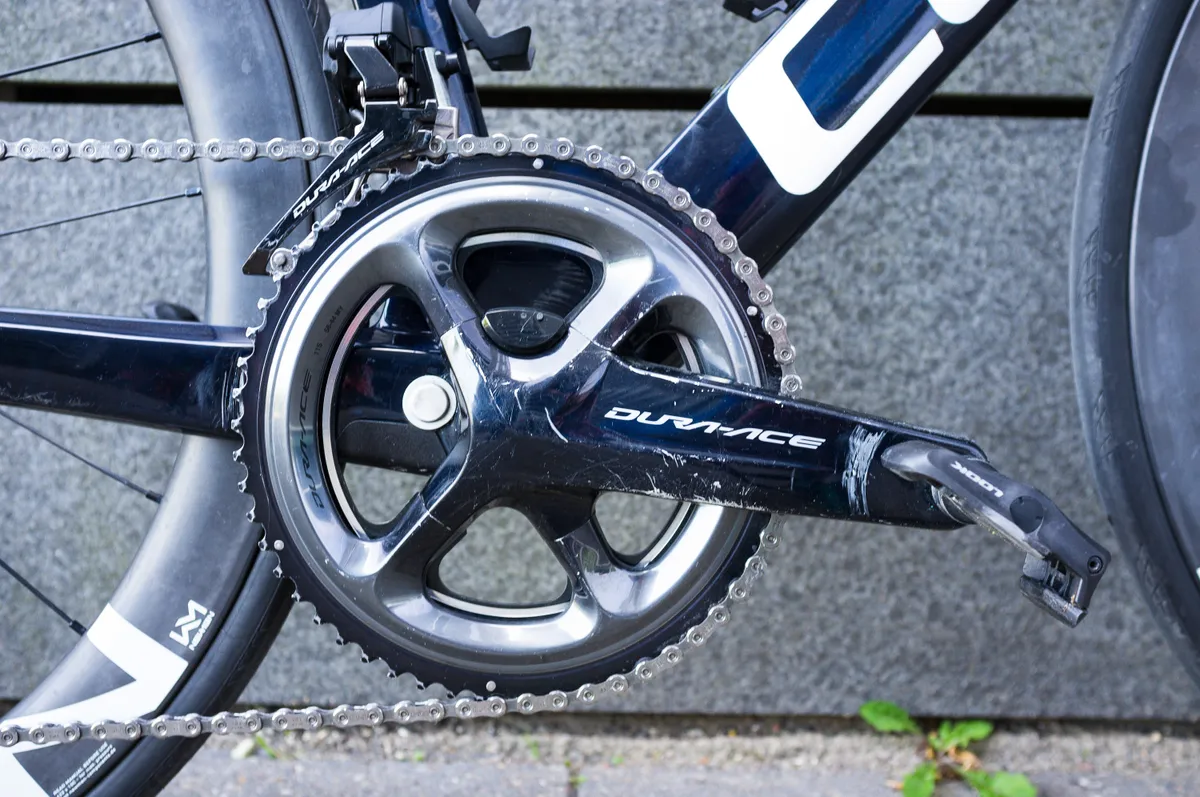
At the rear of the bike, van der Hoorn had an 11-34t cassette – a wide range option which likely helps him stay in that whopping 56t chainring more of the time.
Given the mostly flat parcours of the Tour to date, we’d be surprised if van der Hoorn has strayed from that setup since.

As with many of Shimano-sponsored teams, van der Hoorn’s bike is adorned with the latest 12-speed, Dura-Ace Di2 R9200 groupset, but it still has the power meter crankset and chainrings from the previous generation Dura-Ace R9100 groupset.
The explanation for this is likely to be as simple as a limited availability of new parts – even former Tour winner Geraint Thomas is still using the same setup (albeit with less extreme gearing).

Leaving no stone unturned, van der Hoorn also has the CeramicSpeed OSPW Aero system – a €739 derailleur cage assembly which is claimed to reduce drivetrain friction and improve a bike’s aerodynamics.
A true marginal gain, but every little helps.
Tubeless tyres but no inserts
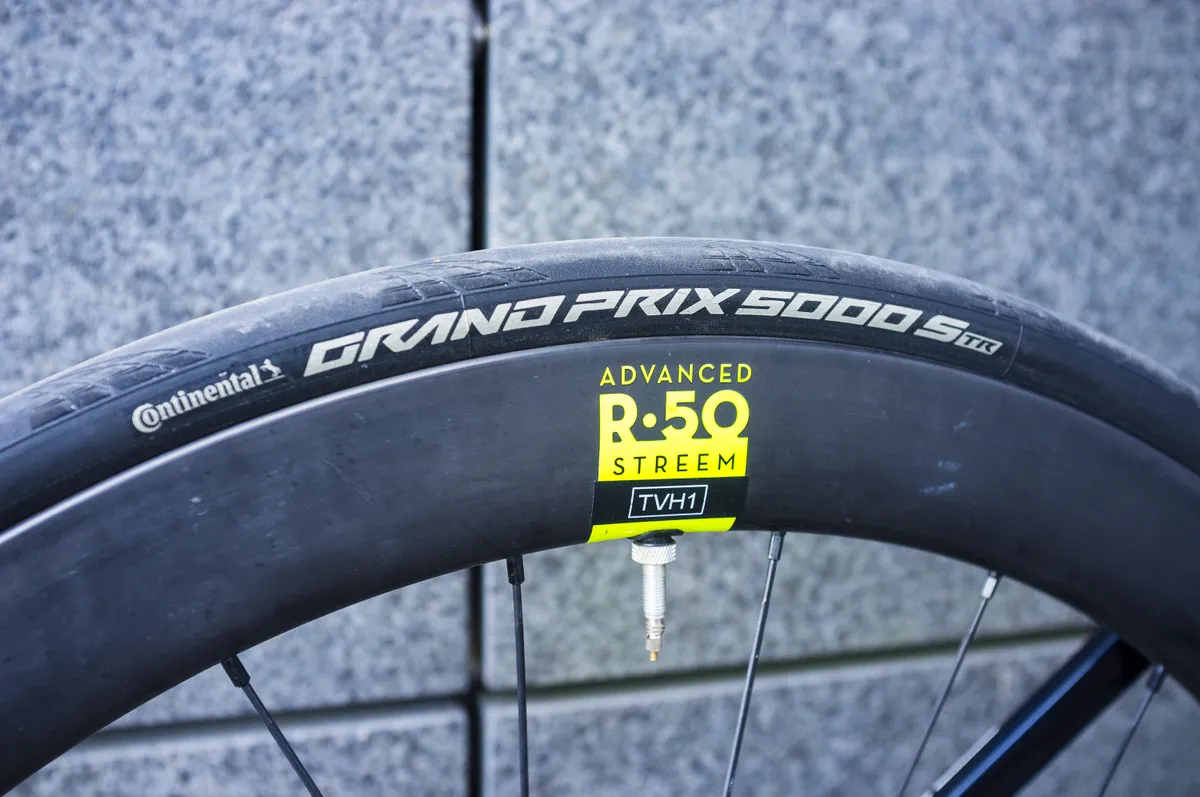
When we last checked in with van der Hoorn, he was running Continental GP5000TL tubeless tyres on Newmen carbon wheels.
Since then, though, he and the rest of his team have upgraded to the latest Continental GP5000 S TR tyres.
It’s a tyre which has already secured back-to-back victories at Paris-Roubaix, a win at the world time trial championships, and, perhaps most importantly of all, a coveted spot at the top of our best road bike tyres round-up, having received a five-star review.

The Conti tyres were mounted on Newmen Advanced R.50 Streem carbon wheels, which have a 50mm deep, aerodynamically optimised rim.
Notably, Intermarché Wanty Gobert’s head mechanic, Mikey van Kruinigen, told us the team isn’t using tubeless tyre inserts at this year’s Tour.
Though they offer a run-flat solution in the event of a puncture, van Kruinigen told us the foam inserts have a tendency to soak up tubeless sealant, meaning they needed to add more than would otherwise be required. Unsurprisingly, that wasn’t acceptable to the team’s weight-conscious riders.

One nice detail we spotted was a sticker on each rim which noted how much sealant had been added to the system, and when it was last checked.
As tubeless sealant dries up over time, it’s crucial to check its state periodically in order to maintain its puncture-sealing performance.
The wheels also had a well-worn set of Shimano RT-MT900 disc brake rotors.

Again, this is likely a reflection of the ongoing shortage of new bike parts across the industry, and it appears even pro teams are having to squeeze every bit of life out of their parts.
While van der Hoorn was narrowly pipped to the line after a gruelling stage over the Roubaix cobbles, the former Giro stage winner clearly has good legs and a bike setup that works for him, so we’re looking forward to seeing what else is to come over the next two weeks of the Tour.


